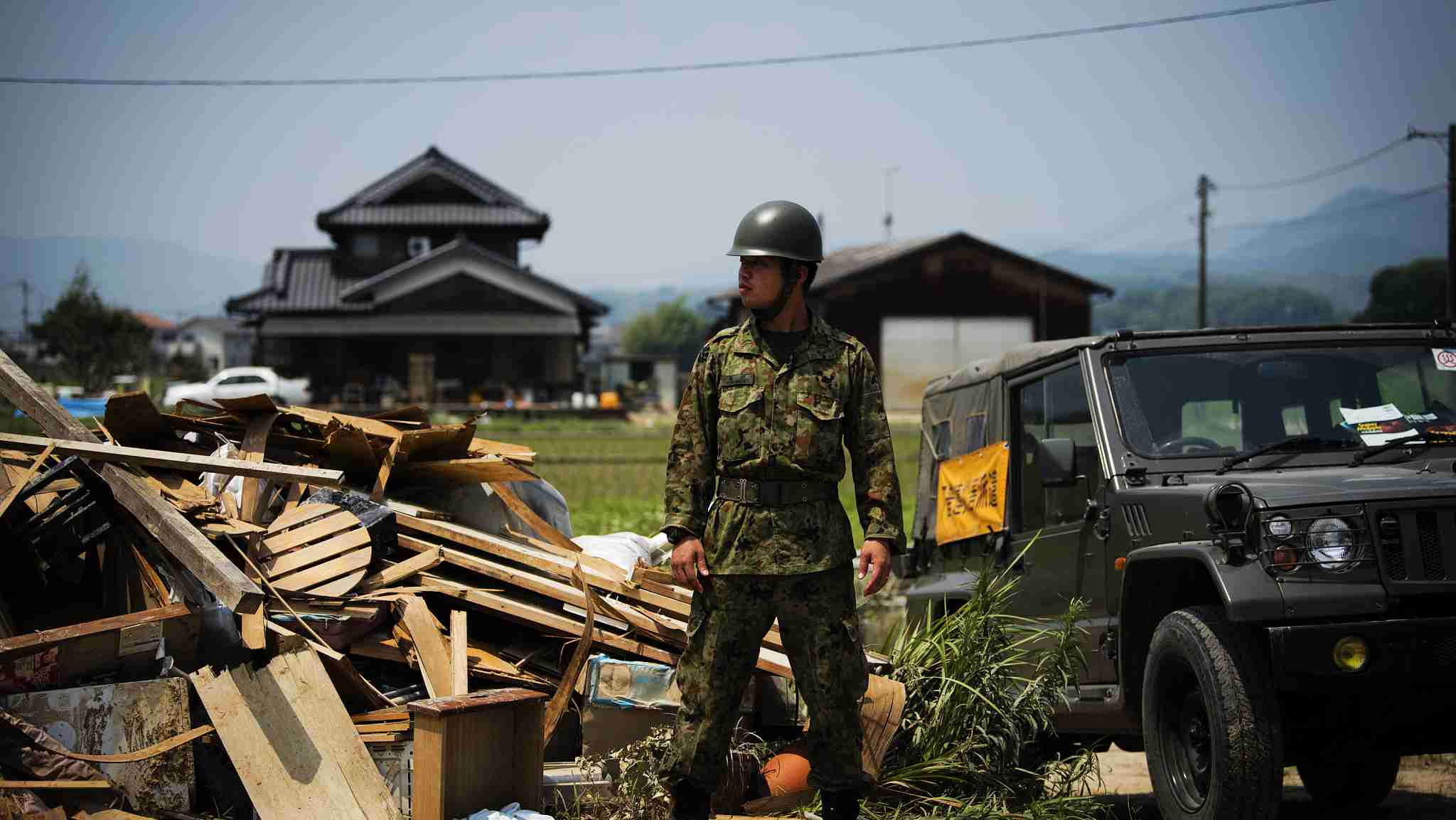
(Photo: CGTN)
A strong earthquake that struck Hokkaido on Thursday was the latest in a series of costly natural disasters to hit Japan in 2018, amid concerns over the cost to the country's tourism sector and aging infrastructure.
The 6.7-magnitude quake left seven people dead, 2.95 million homes without power and saw rail travel and hundreds of flights canceled across the region.
The disaster struck less than two days after Typhoon Jebi, Japan's strongest tropical storm in 25 years, battered the west of the country. The typhoon flooded Kansai Airport near Osaka, with officials saying the country's third largest airport could be closed for as long as a week.
A blow to Japan's tourism sector
In 2017, Kansai Airport received more than 28.8 million passengers and handled over 850,000 tons of freight, acting as a key hub for Osaka and Kobe as well as major tourist destination Kyoto.
While the clear-up operation after Typhoon Jebi is expected to only take a week, its effects on the local tourism sector may be felt long after, with Chinese tourists planning their Golden Week holidays in October likely to think twice about visiting the area.
Data from Japan's official tourism body have shown that since July, the number of tourists visiting the country has grown at its slowest pace in five years. That same period coincided with a severe earthquake in Osaka, as well as major floods in western Japan which left more than 200 people dead.
In an era of sluggish economic growth, tourism has been a rare success story for Japan. The number of overseas visitors hit 28.7 million in 2017, with the government setting a target of 40 million by the time the Olympics are held in Tokyo in 2020.
Consumption through inbound tourism was worth 44 trillion yen ($39.5 billion) last year, with 7.35 million of the overseas visitors coming from China, according to the Japan National Tourism Organization.
Counting the cost of aging infrastructure
While Japan is known for designing "earthquake-proof" buildings in its urban metropolises, this year's disasters have highlighted an urgent need for infrastructure spending.
According to the Nikkei Asian Review, July's floods left authorities with a bill of more than 270 billion yen (2.39 billion US dollars), with aging railway bridges destroyed and levees breached, submerging large expanses of farmland underwater.
The June 18 earthquake in Osaka killed four people, including a nine-year-old who was crushed by a falling wall at her elementary school. An investigation into the girl's death found that the wall did not meet safety standards, leading to a nationwide check of concrete-block structures at schools by the Ministry of Education.
The latest budget for fiscal year 2018 includes a 16 percent increase for the Ministry of Land, Infrastructure, Transport and Tourism, but spending on flood defenses has fallen by 573.9 billion yen ($5.15 billion) since 1997.
Abe's dilemma
This summer's natural disasters have left Prime Minister Shinzo Abe with a dilemma: should the government continue its work on reducing the budget deficit (a key target of Abenomics), or spend heavily on upgrading infrastructure strong enough to withstand further natural disasters?
With public debt at almost 240 percent of GDP, Abe announced in June that a target of balancing the country's balance sheet by 2020 would be pushed back to 2025.
That being said, various sections of the economy are calling out for much-needed investment, but is infrastructure a priority for Abe over other issues like low inflation, the country's aging population and dwindling workforce?


